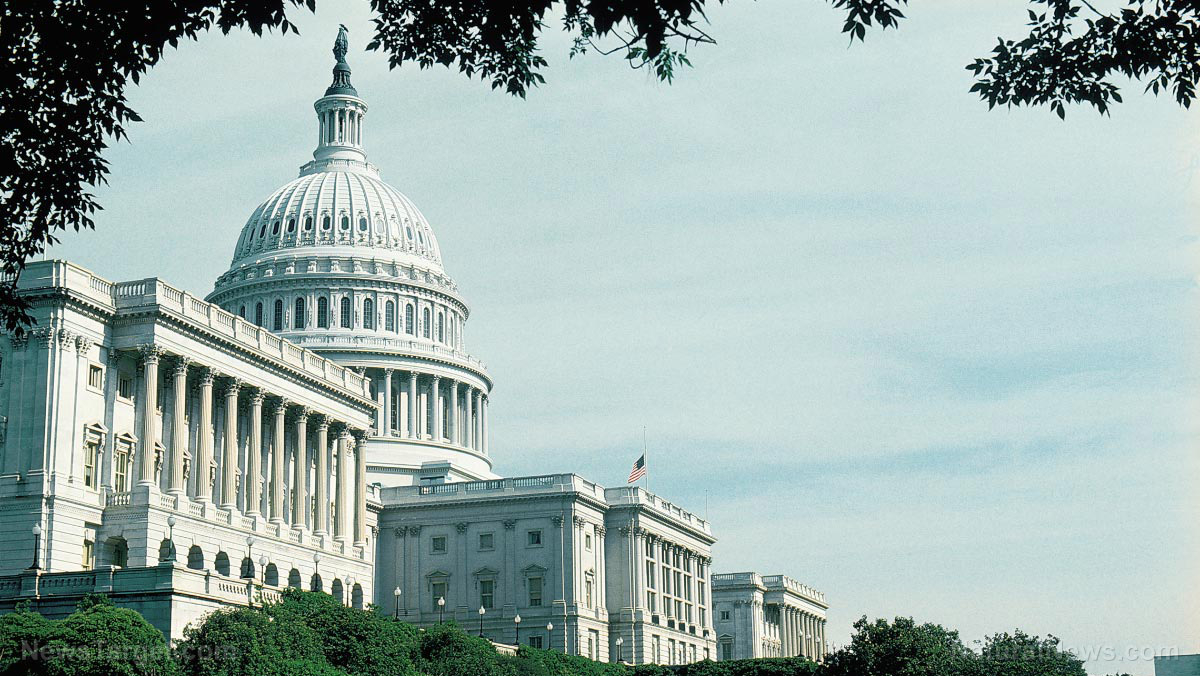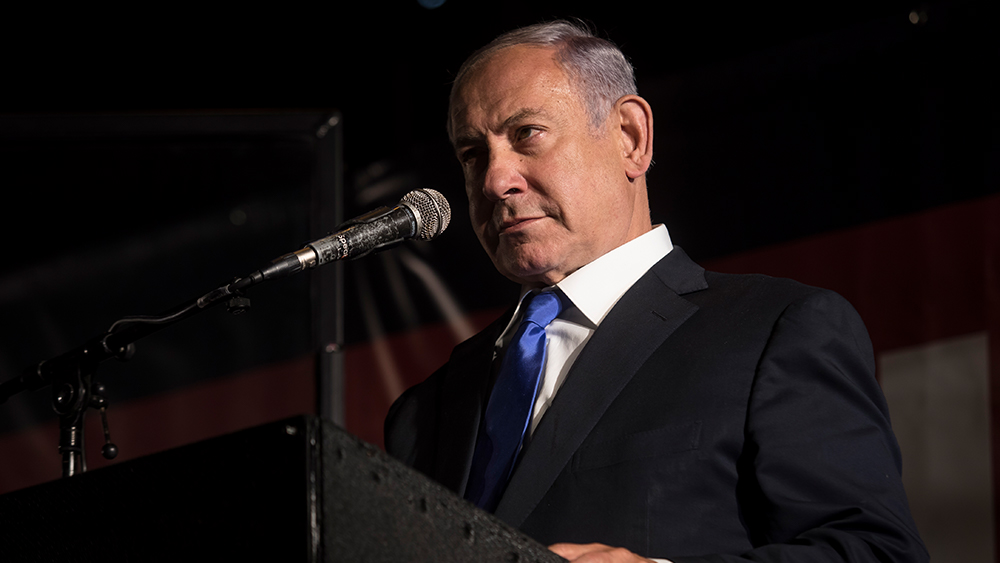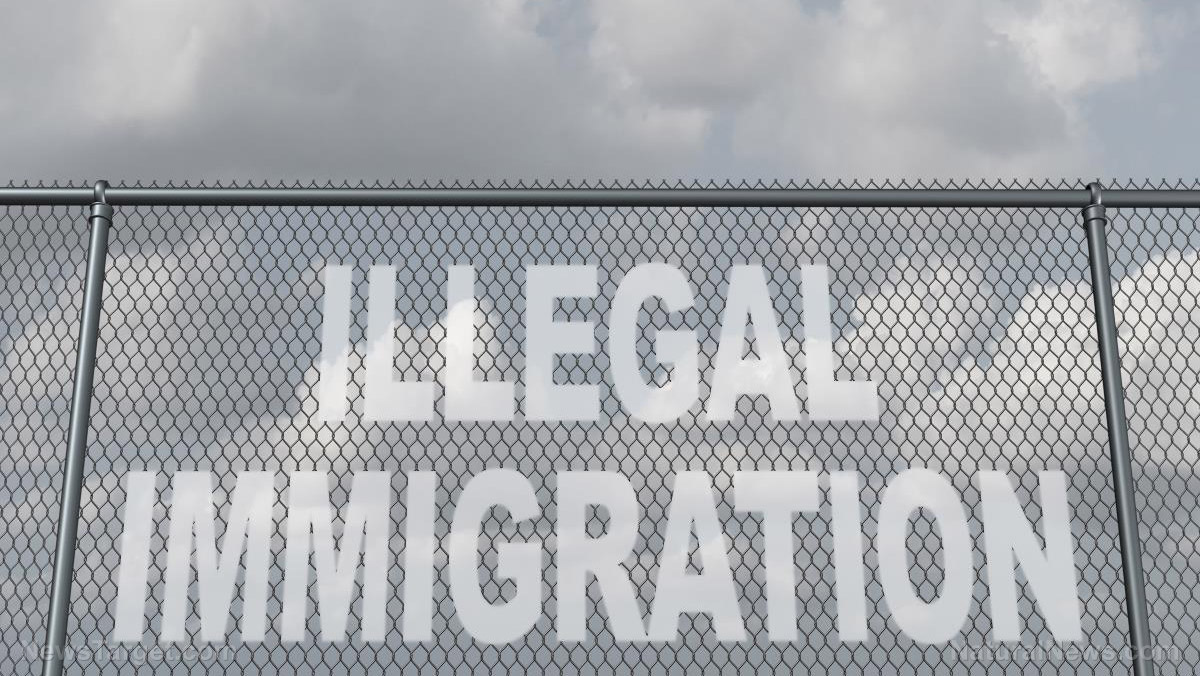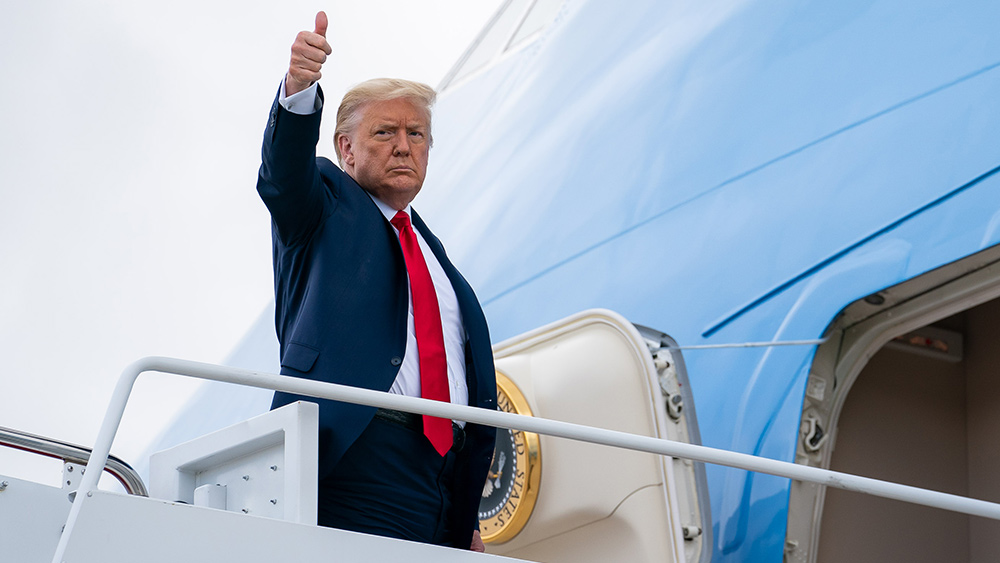Russia expands hydrocarbon exports to China, cements position as largest oil supplier to Chinese market
08/20/2024 / By Kevin Hughes

The Russian government announced on Monday, Aug. 19, that the country is expanding its hydrocarbon exports to China.
“Strategic cooperation in the energy sector is deepening. The volume of Russian hydrocarbon exports to China is increasing. Russia is the largest supplier of oil to the Chinese market and also occupies a leading position in the export of coal and LNG [liquefied natural gas],” the Kremlin said in a statement.
Russia surpassed Saudi Arabia to become China’s largest oil supplier last year, according to the latest Chinese customs data. The two countries are systematically increasing natural gas supplies through the Power of Siberia pipeline in the Russian Far East.
India, the world’s third largest oil-consuming and importing nation, also acquired $2.8 billion worth of crude oil from Russia in July, second only to China.
Russia emerged as India’s largest supplier of crude oil, which is converted into fuels such as petrol and diesel in refineries, as Russian oil became available at a discount after Europe, the United States and most of their Western allies stopped purchasing oil from Moscow following Russia’s special military operation in Ukraine in late February 2022.
Imports from Russia, which were less than one percent of the total oil imported by India before the beginning of the Ukraine conflict, now make up nearly 40 percent of India’s total oil purchases.
The Center for Research on Energy and Clean Air (CREA) reported that China purchased 47 percent of Russia’s crude exports, followed by India (37 percent), the European Union (seven percent) and Turkey (six percent).
China and India are also acquiring coal from Russia. CREA noted that, from December 2022 until the end of July 2024, China purchased 45 percent of all of Russia’s coal exports, followed by India at 18 percent, Turkey and South Korea at 10 percent each and Taiwan at five percent.
China has emerged as the biggest buyer of Russian fossil fuels
China has emerged as the biggest purchaser of Russian fossil fuels. In July, China made up 43 percent – $6.87 billion – of Russia’s monthly export earnings from the top five importers. Crude oil accounted for 63 percent ($4.32 billion) of China’s imports from Russia.
In July, China’s worldwide import volumes of seaborne crude fell to 40.2 million tons, the communist nation’s lowest level since February 2023.
Seaborne crude imports from Russia amounted to 4.3 million tons, which is also the lowest level since December 2022 and may be connected to decreased processing margins for refineries amid low fuel demand.
CREA’s report noted that India is the second-largest buyer of Russian fossil fuels in July. Almost 80 percent of all of India’s imports for the month comprised crude oil, mostly from Russia.
India, which relies more than 85 percent on imports to meet its oil needs, spent $11.4 billion in July on the import of 19.4 million tons of crude oil.
In July, the discount on Russian Urals grade crude oil rose by nine percent month-on-month to $16.76 per barrel in comparison to Brent crude oil. The discounts on the ESPO grade and Sokol blends stayed comparatively stable and modest at $4.23 per barrel and $6.11 per barrel, respectively.
As reported by CREA, 36 percent of Russian seaborne crude oil and its products in July were delivered by tankers subject to the oil price cap. (Related: The West’s price cap on Russian oil exports is NOT WORKING.)
Follow EnergySupply.news for more stories about energy exports around the world.
Watch the video below about Russian oil exports being at their highest since April 2020.
This video is from the WorldViewTube channel on Brighteon.com.
More related stories:
Russian oil exports surge despite Western sanctions, Moscow’s output cut.
Russia has almost fully bypassed Western sanctions on oil exports.
Sources include:
Submit a correction >>
Tagged Under:
big government, Bubble, China, conspiracy, crude oil, economic riot, energy exports, energy supply, fuel supply, hydrocarbons, India, liquefied natural gas, LNG, natural gas, oil, power, Russia, sanctions, Saudi Arabia, supply chain, Ukraine
This article may contain statements that reflect the opinion of the author
RECENT NEWS & ARTICLES
COPYRIGHT © 2017 BIG GOVERNMENT NEWS





















